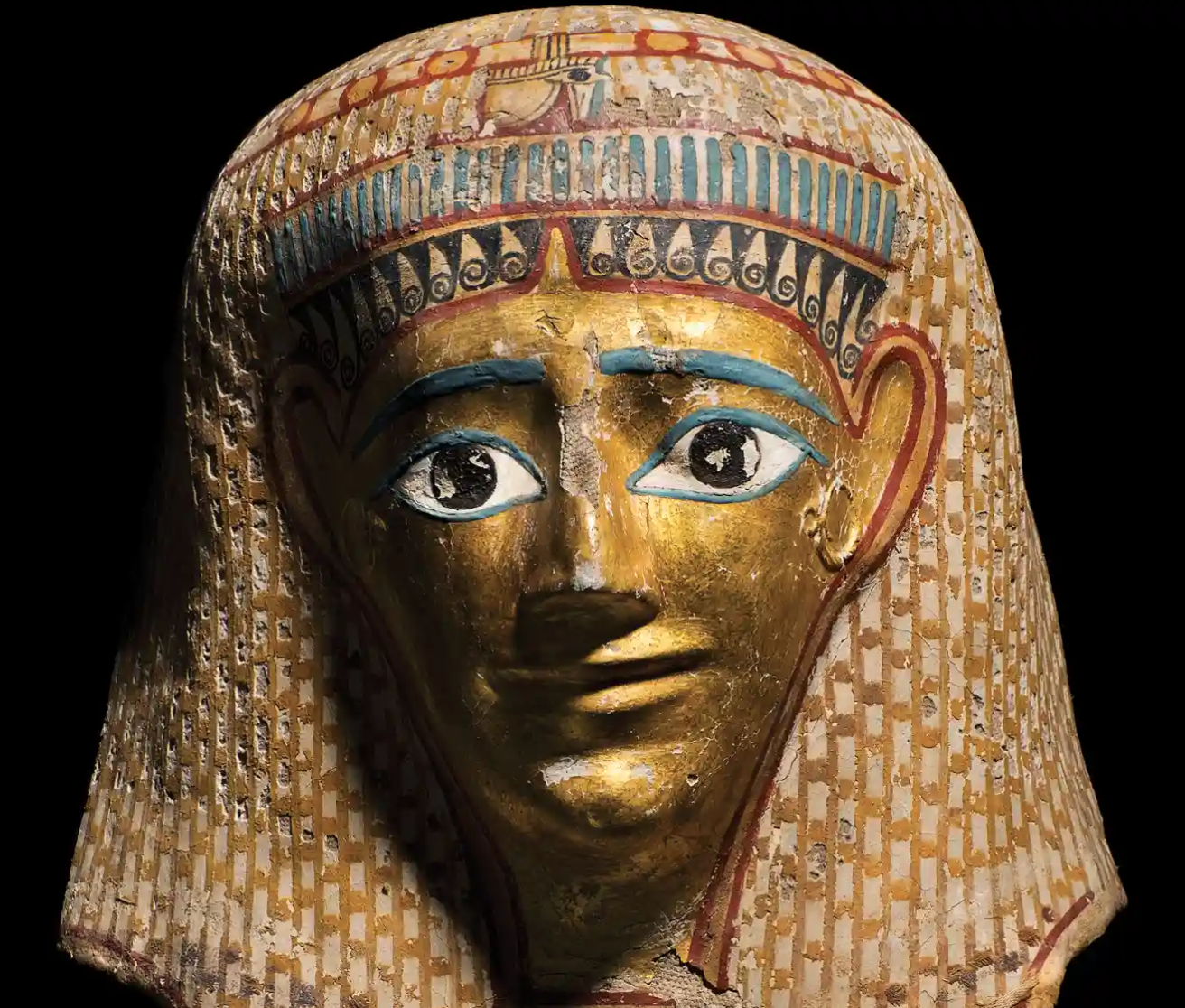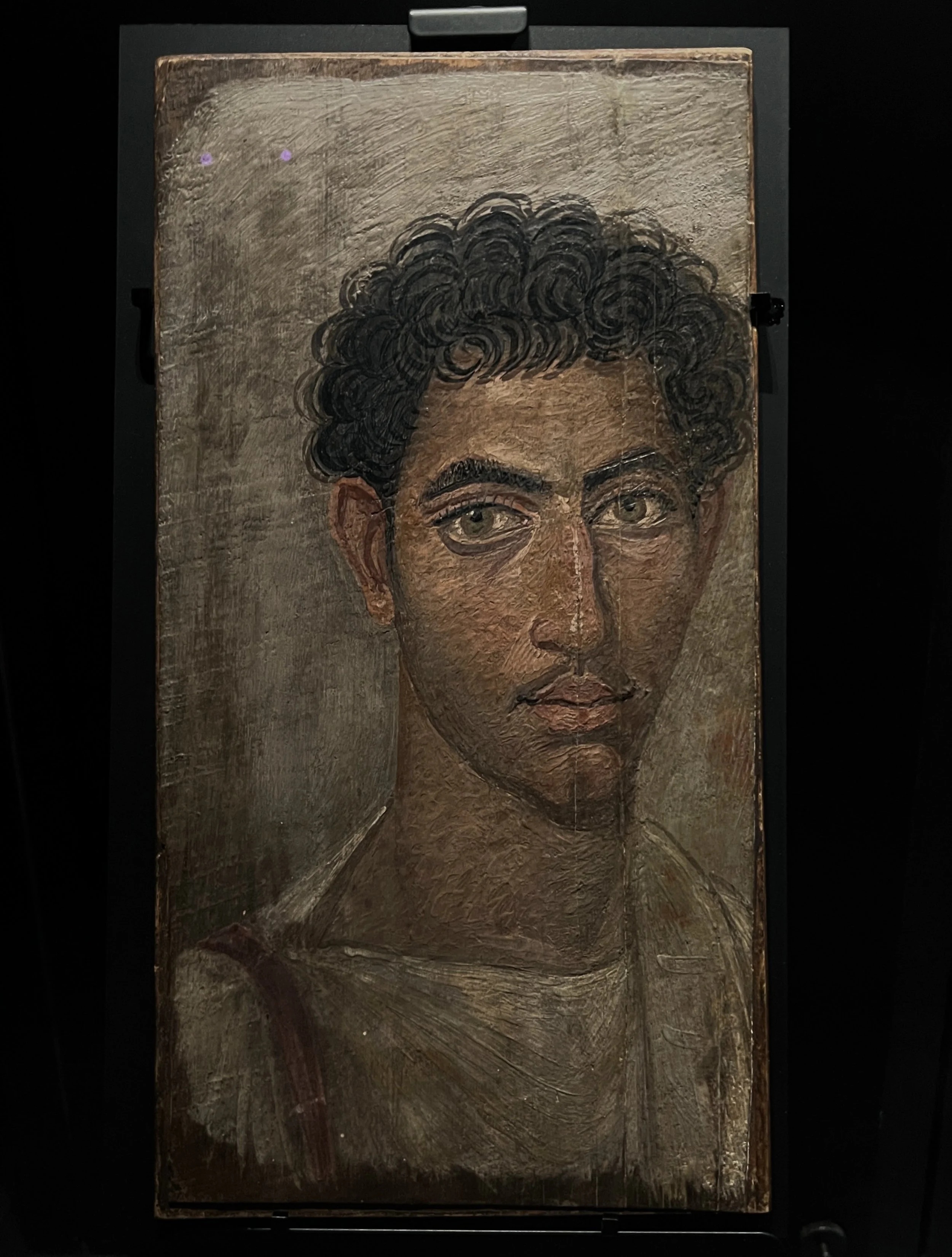STOP PRESS
If you’ve not visited before, this website supersedes the Arts for Health; Manchester Institute for Social Change and the Arts, Health & Social Change blog pages in terms of Clive’s input. He made his last blog posting on the above website on 2nd August 2023 after 14 years worth of postings. The blog will continue to be maintained for archival purposes. Any news and views will be posted on these pages. You can contact Clive via the contact page above.
SEPTEMBER 25th 2025
The National Chaordic Symposium is a landmark one-day event that marks and celebrates the culmination of a three-year commissioning programme. Chaordic explores how contemporary visual arts can radically reshape our understanding of addiction and recovery. This major event is part of Portraits of Recovery’s Recoverist Month, an annual arts programme that places lived experience at its core. Think of it as the recovery community’s equivalent to Pride or Black History Month - an unapologetic celebration of creativity, resilience, and transformation. You can find out more about this by clicking HERE. Clive will give a keynote to kick-start proceedings.
SEPTEMBER 2024
September is Recoverist Month and ahead of 2025’s International Recoverist Conference in Manchester, Portraits of Recovery have republished the Recoverist Manifesto in a number of languages which reflect the countries that have somehow contributed to the recoverist agenda and who engaged in a series of workshops that responded to, and took part in, Recoverist Conversations. Thanks to all who contributed! See the translations on the writing pages. Thanks in particular to the brilliant Mark Prest director of Portraits of Recovery thanks to the generosity of designer Nicholas Young, to whom I am indebted.
DIVERSITY AND DISRUPTION IN ARTS AND HEALTH
Back in 2017 I had the good fortune to be invited to speak about OCD and the place of creativity in all our lives at the Big Anxiety Festival in Sydney’s Museum of Contemporary Art. Although that presentation isn’t available online at the moment, an interview with the festival director, Professor Jill Bennett that was published in Artlink Magazine, is available by clicking on this LINK.
UNFATHOMABLE BEAUTY
As a child I was thrilled by the buzz surrounding the great exhibition of Tutankhamen in 1972, at the British Museum, though I never got to see it. The teacher who told us all about it, was fired up by what she’d seen, and proudly showed off her green scarab beetle ring. So motivated was I, that I drew and coloured in my very own masterpiece of that famous golden face and submitted it to the children’s television programme, Vision On to display in their televised gallery. I watched for weeks, waiting for it to appear, hungry for TV fame that never came. As some recompense, my parents took me to Manchester Museum to see its stuffed animals, its giant spider crab and of course, its lurid display of mummies.
My precarious health affords me the occasional mundane benefits, but today, there is a seismic shift in what’s on offer. I am invited to spend a little time alone in Manchester Museum, before its doors open to the public after major refurbishment. For an hour or so, I have the privilege of spending time in the Golden Mummies of Egypt, a landmark exhibition to mark the museums’ opening and provide a retelling of Egyptology for the 21st century. In this darkened space, my only company for over an hour, are the faces of unknowable lives that lived around 2000 years ago, a time of Greek and Roman influence on culture. This exhibition revels in the museum’s vast collection of Graeco Roman Egyptian artefacts collected by the British Egyptologist, Sir William Matthew Flinders Petrie (1853 -1942).
In this dark space it’s easy to feel hypnotised by the gold and glass eyes of the lustrous masks and it’s with some relief that my childhood appetite for bandages and bones isn’t being pandered to today. You’ll find no leathery skulls or ancient corpses laid out and reduced to layer upon layer of scientifically scanned organic matter, but rather a deep respect for these mysterious lives. From the outset, the exhibition is grounded in an awareness of how the Victorians and Edwardians went about their excavations, shining a light on the methods and dubious values of those mutton-chopped archeologists who championed the field in the name of queen (or king) and country.
While Flinders Petrie and his huge team of Egyptian workers discovered tens of thousands of bodies in Hawara, (where many of these artefacts are from) he only made a real attempt to record the small number that had gold or painted decoration, so the surviving examples are inevitably from the elite. In his extraordinary catalogue accompanying this exhibition, Dr Campbell Price (Curator of Egypt and Sudan) casts a critical eye on archaeological practices of the time. Extracts from his book are writ large around the exhibition reminding us of the prevailing attitudes around colonialism and racial superiority. Petrie was interested in the ‘race’ of the mummies, and was concerned with collecting the heads of mummies he found, to prove his theory that most were from Greek settlers, though evidence tells us that the elite population were of mixed heritage. On the museum wall, Petrie’s words spell something of this out: “The mummy was not worth keeping, but of course I kept the head for comparison." Something of a torch bearer for Victorian polymath, Sir Francis Galton (1822 - 1911) whose work on eugenics is now held up as pseudo-science, Petrie is revealed to have had what would be described today, as attitudes that were ‘othering’. You have to question the ethics of an archaeologist who admits that, “important mummies were put under my bed.”
At the heart of the exhibition are a series of what are described as Faiyum Portraits of lives that we can never know and which have been described in detail by others more knowledgeable than myself. These paintings by and large, were separated from the sarcophagus, and with the exception of a small number of mummies, are presented as a beautifully lit collection of beguiling faces, for which it’s certain that we, the viewers, are bound to compare to ourselves. That these ancient portraits still exist, is incredible - that we compare the brushstrokes to art we know (here I can’t help thinking of the elite of the Bloomsbury set), is inevitable.
I’ve been thinking about what survives of us when we are dead, and working with the writer Jenn Ashworth has got me thinking about the idea of ‘afterwardsness'. While Sigmund Freud coined the term in relation to psychoanalysis and retrospectively attaching present day trauma to earlier experiences, I’m instead, thinking of the traces - intentional and unintentional - that we leave behind. As I look at these romanticised faces from deep history, it feels impossible to know these people, but instead only to feel, somehow succumbing to being seen by eyes that were never intended to meet our gaze. Inscriptions on the mummies reveal that they were kept with their living families for generations before burial, eventually interred in the dark for millennia. Now these delicate portraits are awoken by our fleeting glances, subjected to filters and cropping, paraded alongside augmented faces and uploaded for our approval.
If we resist that urge to duplicate and posses, what can we learn looking into the eyes of these long dead humans? I am drawn in to all the things I know - yes, the brushstrokes look like something Duncan Grant might have painted - perhaps there’s something heroic in the looks of these people, something neo-romantic. It feels impossible to strip away all my baggage. So I select a portrait - I’ll not say which one - and hunker down with them. Eye to eye. I stare deeply for a long time, transfixed - transcended. All kinds of images and ideas flood my mind - at first mostly clutter, the things I’d grown up with in TV and film, but with time, it feels more meditative and the things that began to flicker in my minds’ eye, were somehow conjoined to this place, the museum itself, which in these quiet moments feels more like a cathedral or even some bizarre cultural hospice. This building, with its thousands of artefacts and objects, hidden away, all seem imbued with some kind of incomprehensible energy, an urgency. The face looks back at me through time. I feel too, the presence of my long-dead parents in this place.
As my time drew to an end in the exhibition, I thought of the photographs I’d taken; other than helping publicise it, what would I do with the images? It somehow felt that I’d be a grave-robber, syphoning out the last vital energy the artefacts held. I thought more about Flinders Petrie and the times he lived in that so easily challenge our current sensibilities, and decide to see everything in context, after all, coming face to face with fellow humans like this, isn’t something I’d not want to have experienced. Manchester Museum itself, holds a deep commitment to redress these very cultural sensitivities, personified and modelled in its leadership. I sit in the car for a good while scrolling through the photographs I’d taken and decide to delete them; after all my exhibition catalogue is full of them - and it's magnificent. I wonder what will survive of us? - all that space junk, all our pixilated fantasies. I wonder too, what on earth happened to the flesh and blood explorer, Flinders Petrie?
When I get home, I look the man up to see what he did next, and am distracted to find out was buried in the Protestant Cemetery on Mount Zion - Jerusalem in 1942. His gravestone is very modest, its inscription simply reading ‘Flinders Petrie’ and above it, is the potent Egyptian symbol of life, the Ankh. Before he died, he donated his head to the Royal College of Surgeons, (RCS) but because of the chaos surrounding World War Two, transportation of it was haphazard. Stored in the basement of the RCS for many years after the label had become detached from the specimen jar in which the head was preserved, and was eventually identified in 1989. It’s with a little irony, that I note that Flinders Pitrie’s head is available for viewing in the Hunterian Museum, by formal request. Click HERE in you really want to see the head, but it’s not for the faint hearted!
Through its drive to be inclusive, imaginative and caring, Manchester Museum is redressing societal inequities which historically, museums have contributed to. By embedding itself in people and their diverse contexts and working with communities to repatriate objects taken in earlier, less enlightened times, this museum is a global exemplar and a cultural jewel in Greater Manchester. I wonder what other artefacts will reveal new worlds to us and how they might illuminate the ways we think and do things differently in this fragile world. As slight as they are, those delicate paintings open a window on life and death and the fragility of our existence.
. . .
A more ambiguous personal response to these portraits and ‘afterwardsness’, is captured in a short film and spoken word piece that accompanies this text and is part of a larger body of work supported by Arts Council England and their Developing Your Creative Practice programme.
Thanks to Museum Director, Esme Ward; Head of Civic Engagement and Education, Wendy Gallagher and to Judith Fabian. Big thanks to Dr Campbell Price, Curator of Egypt and Sudan.
Congratulations too, for having possibly the most wonderfully designed disabled toilet that I’ve ever seen!
A disembodied voice from the past or future, meditates on what is and might have been - the unfathomable beauty of being and the fragility of everything.


